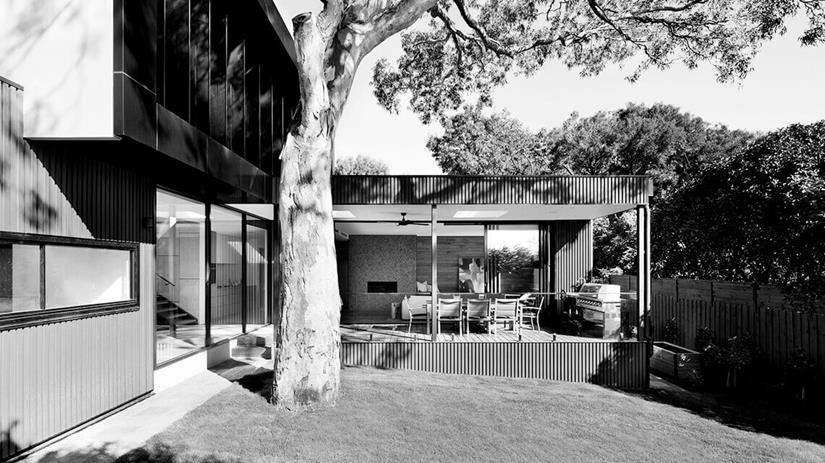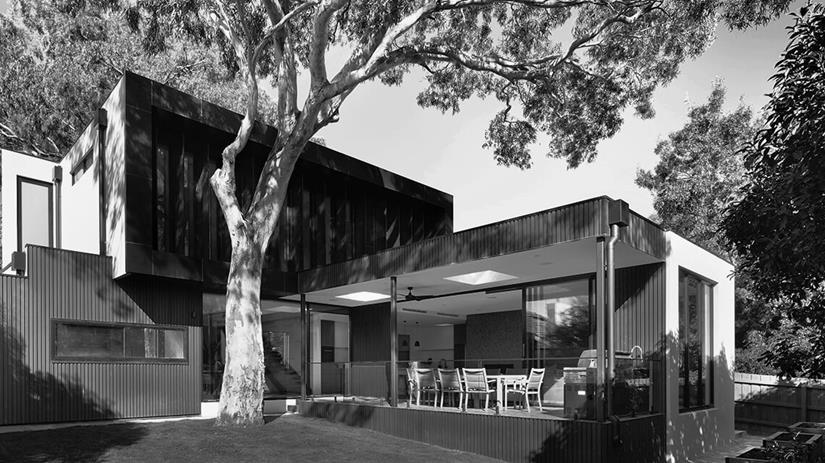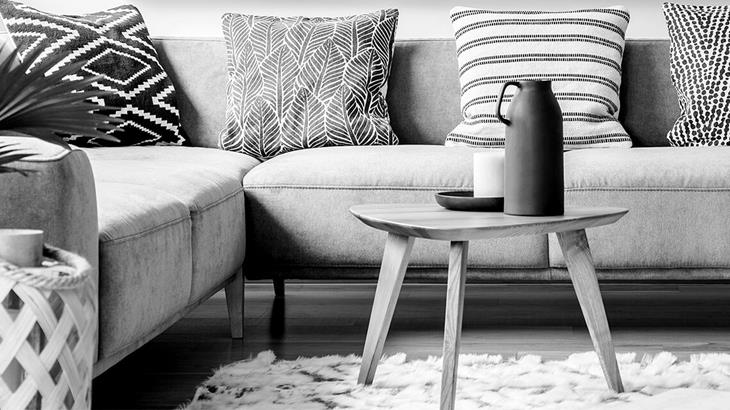When buying home and contents insurance, it is important that you find a product that is both good value for money and gives security to your valuable assets.
While many insurance companies offer similar home and contents policies, there are some areas in which they can, and often do, differ. If you’re not quite sure what you’re doing, it is easy to make a mistake that could, in the event you need to make a claim, cost you thousands of dollars in unnecessary out of pocket expenses.
In this article, we look at the top ten mistakes people make when purchasing home and contents insurance.
1. Having too little cover (or, underestimating the value of your home and contents)
For many of us, our home is the most important asset we will ever own. Together with our personal belongings, it often represents most of our personal wealth. So, it’s vital that you take the time to accurately calculate what it would cost to replace your home and contents should the worst ever happen.
All too often, people leave determining the amount they should insure their home and contents for to a quick estimation or guess. As a result, many of us don’t have enough insurance. A far better way is to use an online tool like Youi’s free Sum Insured Calculator to help you estimate the cost of rebuilding your home.
As for calculating the cost of replacing your contents, we recommend preparing a detailed household inventory checklist. This can help you keep track of everything you own and be of great assistance when determining how much insurance cover you need.
2. Not understanding what the policy covers
Before purchasing any insurance policy, it is essential that you understand exactly what coverage it provides, any limitations to that coverage and the things that are excluded from coverage.
Most insurers will summarise the coverage their Building and Contents insurance provides on their website, and it can be tempting to choose a policy based solely on this information. However, you really should go one step further and take the time to read the Product Disclosure Statement (PDS) for any insurance product you are considering.
The PDS contains all the information you need to know about the product. Understanding it will go a long way to ensuring that you have the cover you need.
3. Neglecting to consider optional extras
While insurance companies are typically very good at identifying the standard things that people need to be covered by their home and contents insurance, there are some types of coverage that many people don’t really need or want. For this reason, many home and contents insurance policies can be purchased with or without a range of optional extras.
Some of the things that you might be able to select as an optional extra with your insurance include:
- Accidental loss or damage to your contents
- Accidental building damage
- Insurance for items you have in commercial storage
- Insurance for any business items you may have in your home
- Insurance for accidental injury to your pets
4. Not considering claim limits
Most insurers define and place a total value on the items you have covered. Typically, with home and contents insurance, this limit is the sum insured, being the amount that you are insured up to in the event you need to claim on your insurance. However, many insurers also place smaller limits on the maximum they will pay for individual items or specific benefits. This differs between insurers, some ask for high value items to be noted individually with an amount attached, others will separate jewellery from contents, while others won’t require you to do so.
Understanding what claim limits apply to your policy will help you decide if you need to purchase optional additional cover for specific items or benefits.

5. Failing to consider expensive and excluded items
Many standard insurance policies won’t cover your expensive portable items like jewellery or camera equipment if you intend to wear or use them outside your home. Even those that do cover them may have a set limit they will pay per item.
As such, you may need to have these items expressly listed on your policy. While this is usually a simple process, you should be aware that this will likely increase the price you will need to pay for your insurance.
6. Purchasing a policy without flood cover
Major floods can and do happen. If you don’t have flood coverage, you may find yourself facing a significant financial loss if your property is damaged or destroyed by floodwaters.
While flood cover is included as standard by some home and content insurers, including Youi, others may only offer it as an optional extra at considerable additional cost.
7. Bending the truth or neglecting to mention something when asked
All insurers will ask you questions about your home and contents and your personal and insurance history before agreeing to offer you insurance. You must always answer these questions completely and honestly. Otherwise, your insurer may refuse to provide you with insurance or refuse to pay a claim.
Likewise, when it comes to making a claim, you must always be truthful about the cause and extent of the loss or damage to your property. Bending the truth or fraudulently inflating your claim may constitute a criminal offence, and your insurance company may refuse your claim. You may also find yourself facing criminal charges if the matter is reported to the police.
8. Failing to keep proof of ownership
You must keep records of receipts, proof of purchases and photographs of items such as jewellery, photographic equipment, expensive appliances and other valuable items that you keep in your house.
If ever you need to claim the loss or damage of these items, your insurance company may request proof that you owned them. Having these records on hand may make the claim process quicker and less stressful for you.
These records are also extremely useful in making police reports if your house is broken into and your items stolen. Police often recover stolen property, but unless they can identify you as the property owner, you stand little chance of having your stolen items returned.

9. Not keeping your insurance and personal details up to date
Just as it’s vital to ensure you have enough insurance when you first purchase your policy, you must ensure you update your insurance when your home's value and contents increase.
Whenever your personal details change, you should also take the time to ensure this information is provided to your insurance company. Suppose there is an update, change or problem with your policy. In that case, your insurance company will need to use this information to inform you.
10. Failing to compare insurance policies offered by different companies
When it comes to getting the best deal for your home and contents insurance, the most important thing you can do is compare the various insurance companies.
With a little bit of research, there is every chance you will be able to find a better and less expensive home and contents insurance policy than the one you currently have. Still, unless you’re prepared to try, you may never know.
And while we all hope that we never need to use our insurance, purchasing home and contents insurance is a necessity if you own your own home. But doing so needn’t be a hassle if you’re willing to put in a bit of time and effort, and you’re conscious of the mistakes to avoid. In that case, you will have no problem identifying the best insurance policy for your home.
Read more about Youi’s Home Insurance for individuals to start your quote today.
The information provided in this article contains general advice only. It has been prepared without taking into account any person’s particular objectives, financial situations or needs. Premiums and savings subject to rating, underwriting, and individual circumstances. Product issued by Youi Pty Ltd. Consider our car insurance product disclosure statement and target market determination at www.youi.com.au when deciding if our product is appropriate for you.




